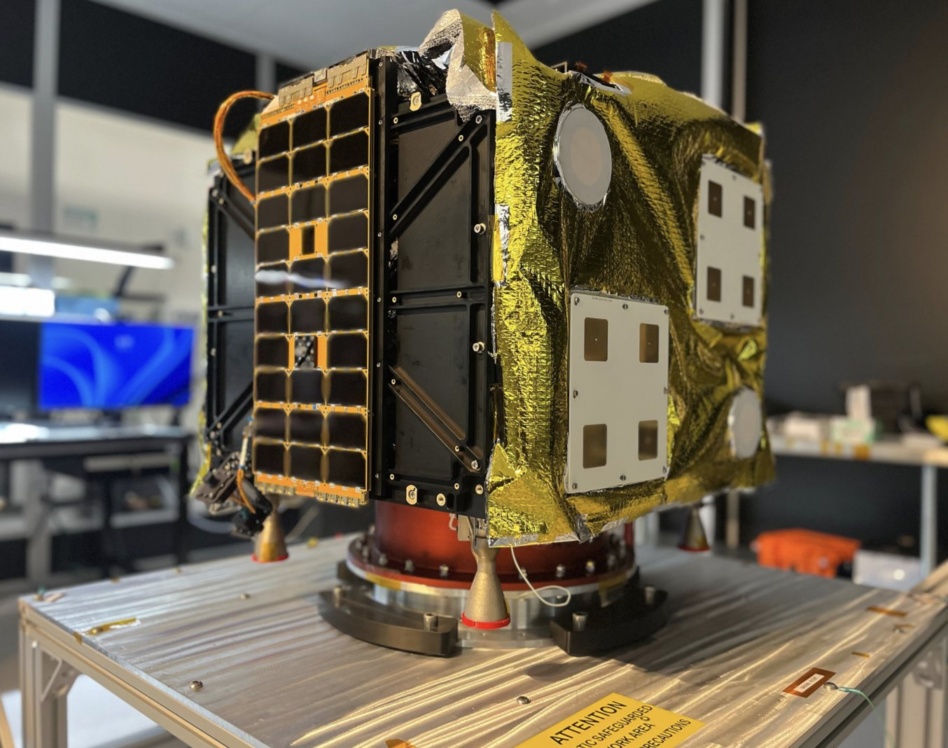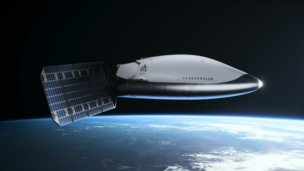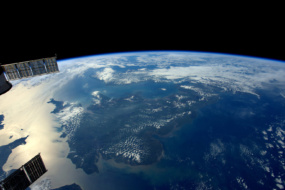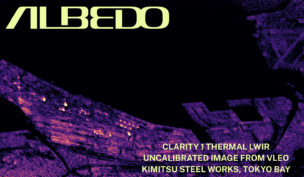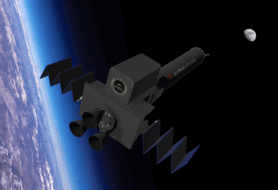If you want something done right, do it yourself.
At least, that was the mentality in the AstroForge office in April when the company’s second spacecraft failed to pass vibration testing due to a faulty base plate provided by a third-party vendor.
With just seven months to launch, the LA-based asteroid mining company decided to toss out its mission 2 vehicle, named Odin, and build a new bus in house mostly from scratch, the company revealed Tuesday.
Tall order: AstroForge’s new vehicle, also named Odin, needed to do much more than pass the vibe test. It forced the company to spend many late nights redesigning and manufacturing a spacecraft equipped to fly in deep space.
“We have cots and little air mattresses all over the office…This is by far the fastest spacecraft development in history, and it’s for one of the biggest missions that will be conducted in history,” CEO Matt Gialich told Payload.
Over the past four months, AstroForge has completely overhauled Odin, including:
- Designing and building: The company has redesigned and manufactured Odin’s primary structure. It procured available components (solar arrays, reaction wheels, RF systems etc.), fabricated an entire avionics system, and worked with its supplier, Dawn, to fix the propulsion system. Finally, the company implemented all of the necessary software, solar arrays, and thermal systems to complete the mission.
- Testing: Having finished the build, Odin is back to the vibration test. AstroForge is in the final stages of designing the mission, optimizing the flight trajectory, testing the flight software, avionics, and ground station connections. After completing these tests, the company will be ready to ship Odin to the launch site.
Far, far away: Odin is scheduled to be launched as soon as the end of this year on Intuitive Machine’s IM-2 mission to the Moon. Odin is headed for deep space to collect high-resolution images of a potentially mineable asteroid. The exact asteroid being targeted is “top secret,” Gialich said.
If successful, AstroForge will be the first commercial company to photograph an M-type asteroid.
